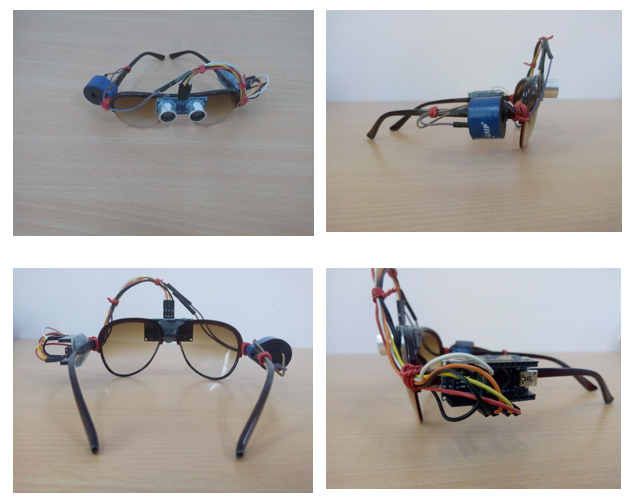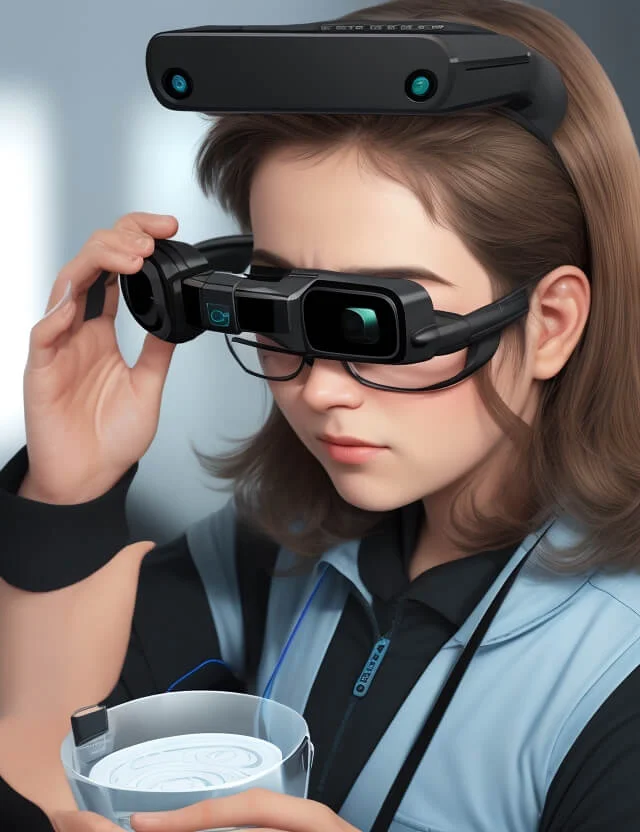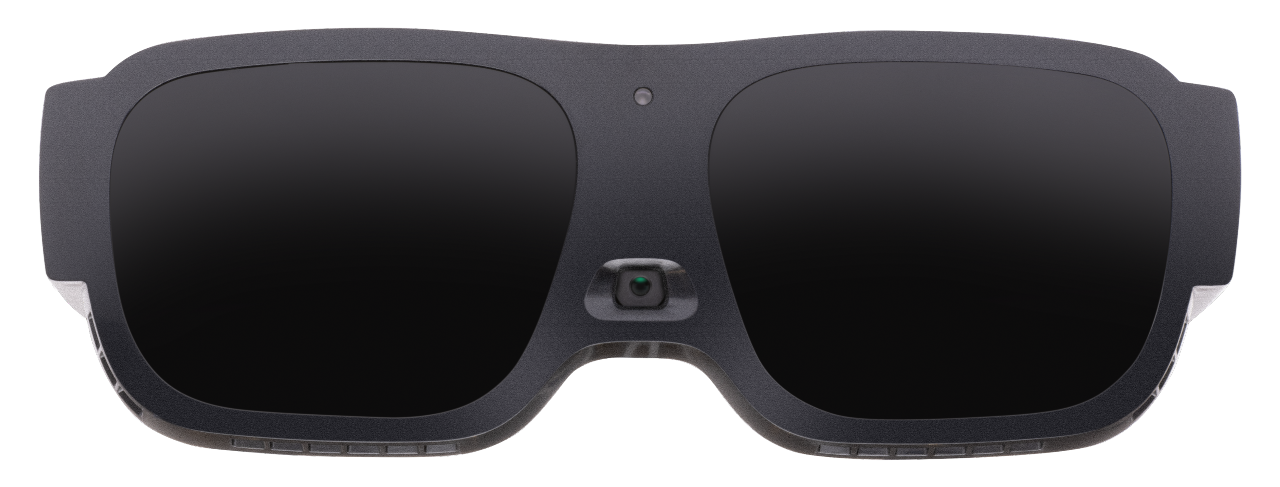Mobility Aids for Visually Impaired Users: Enhancing Independence and Navigation
Mobility Aids for Visually Impaired Users: Enhancing Independence and Navigation
Blog Article
Enhancing Ease Of Access Via Assistive Modern Technology for the Blind
The integration of assistive technology for the blind represents a pivotal advancement in ease of access, essentially changing just how people browse their environments and engage with culture. From screen viewers to innovative clever walking sticks, these tools not just improve self-reliance but additionally advertise inclusivity in numerous rounds of life. As we discover the varied kinds of assistive gadgets and their concrete influence on day-to-day living, it ends up being important to check out exactly how ongoing technological developments are improving the landscape of support for the blind neighborhood. What implications do these advancements hold for the future of ease of access?
Summary of Assistive Modern Technology
Assistive technology refers to a variety of devices and software application developed to boost the abilities of individuals with handicaps, including those that are blind or aesthetically impaired. This technology plays an important duty in promoting independence and enhancing the lifestyle for users. By giving alternate techniques for accessing information and doing daily jobs, assistive technology equips individuals to navigate their atmospheres better.
The development and implementation of assistive innovation embrace a selection of principles targeted at promoting availability. These principles include user-centered design, which focuses on the needs and preferences of the person, and the integration of innovation into daily tasks. Such innovations guarantee that assistive tools are not only functional but also instinctive and easy to utilize.
Moreover, assistive innovation includes a varied spectrum of options, from low-tech options like magnifiers to state-of-the-art advancements such as display viewers and Braille screens. The continuous advancement of this field is driven by the requirement to attend to the unique challenges encountered by people with visual problems (Wearable technology for low vision). As technology proceeds to development, the possibility for improving ease of access and advertising inclusivity continues to be encouraging, eventually adding to a much more fair culture

Sorts Of Assistive Instruments
Numerous sorts of assistive gadgets are offered to support individuals who are blind or aesthetically impaired, each developed to address certain requirements and difficulties. These gadgets can be extensively categorized right into three primary types: low-tech, mid-tech, and modern remedies.
Low-tech devices include things such as magnifiers, Braille tags, and tactile maps. These are reasonably simple tools that improve the user's ability to connect with their atmosphere without needing complex modern technology.
Mid-tech tools typically include much more sophisticated attributes, such as electronic magnifiers and portable Braille note-takers. These gadgets can provide functionalities like speech output, allowing customers to gain access to details much more successfully.

Influence On Daily Living
The accessibility of different assistive tools substantially boosts the quality of life for people who are blind or visually impaired, impacting their day-to-day living in profound means. By integrating innovations such as screen viewers, Braille presents, and audio description services right into their routines, users get higher autonomy and freedom. These tools help with accessibility to details, making it possible for people to perform everyday jobs, such as checking out e-mails, browsing public areas, and appreciating media web content.
Additionally, assistive tools encourage people to involve more completely in social communications and community activities. The capacity to use mobile phones geared up with access features enables smooth communication and connection with others. This connectivity cultivates a sense of belonging and decreases feelings of isolation.
In specialist settings, assistive innovation supports performance by allowing people to complete job jobs efficiently. Tools like voice acknowledgment software program eyeglass stores and specialized magnifying devices make it possible for customers to participate in the workforce on equivalent ground with their sighted peers.

Developments in Innovation
Current technical innovations have actually substantially changed the landscape of devices readily available for individuals who are aesthetically damaged or blind. The integration of expert system (AI) and artificial intelligence has actually triggered applications that improve navigating and things acknowledgment. For example, mobile phone applications can currently make use of AI to determine and define surroundings in real-time, offering users with useful contextual details.
Furthermore, advancements in haptic modern technology have brought about the advancement of clever walking canes furnished with sensors that spot challenges and give responsive comments. This empowers individuals to navigate their environment with increased self-confidence and independence. Developments in text-to-speech software application and braille displays have improved the ease of access of electronic web content, enabling for seamless interaction with different media.
Wearable technologies, such as wise glasses, are likewise making strides in helping visual problems. As modern technology continues to advance, the possibility for also more transformative tools stays on the perspective.
Future Trends and Innovations
As innovation swiftly proceeds, the future of assistive tools for individuals who are blind holds enormous guarantee. Innovations in expert system (AI) and maker understanding are poised to revolutionize the way blind individuals communicate with their environments. AI-driven applications are being developed to improve object recognition, allowing individuals to recognize and browse their surroundings with higher simplicity and precision.
In addition, developments in haptic responses modern technology are allowing the production of tactile maps and navigating help that provide real-time info via touch. These technologies not only improve mobility however likewise foster self-reliance. Furthermore, wearable tools outfitted with enhanced reality (AR) attributes are arising, using users aesthetic details via audio descriptions, thereby linking the void in between the digital and physical globes.
In addition, the integration of wise home innovation offers brand-new chances for accessibility, enabling people to control their living atmospheres through voice commands or mobile phone applications. As collaboration between tech developers and the blind community proceeds, the concentrate on user-centered layout will certainly ensure that future advancements are tailored to satisfy the one-of-a-kind requirements of this population (Wearable technology for low vision). The trajectory of assistive modern technology guarantees a much more comprehensive and empowering future for individuals that are blind
Conclusion
Finally, assistive innovation plays a crucial duty in enhancing access for people with visual disabilities. The diverse selection of gadgets, including screen readers and smart canes, significantly boosts everyday living and cultivates freedom. Constant innovations hop over to here in technology and user-centered layout guarantee that these tools provide effectively to the unique demands of the blind area. As advancements development, enhanced inclusivity and blog here empowerment can be expected, inevitably improving the high quality of life for those affected by visual problems.
The combination of assistive modern technology for the blind stands for a critical innovation in ease of access, essentially modifying exactly how individuals navigate their settings and engage with culture.Assistive technology refers to a variety of devices and software program developed to enhance the capacities of individuals with disabilities, consisting of those who are blind or visually impaired. Wearable technology for low vision.As technology swiftly advances, the future of assistive devices for individuals who are blind holds immense assurance. The trajectory of assistive modern technology guarantees a more inclusive and empowering future for people who are blind
In verdict, assistive technology plays an essential function in improving access for people with visual impairments.
Report this page